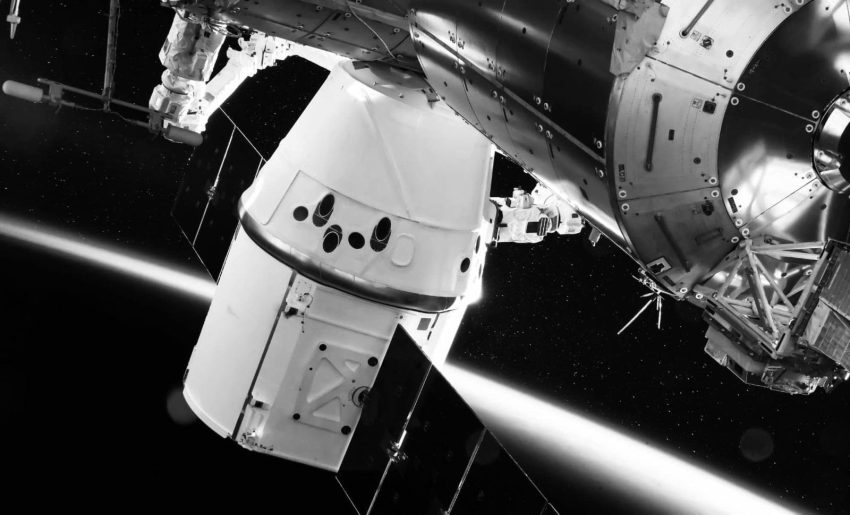A Successful Launch of Starlink Satellites
On the evening of July 18, 2025, a significant milestone was achieved as SpaceX successfully launched 24 new Starlink satellites into orbit. This mission marks another step forward in the company’s ongoing efforts to expand its satellite network and provide broadband internet access to people around the world.
The Falcon 9 rocket lifted off from Vandenberg Space Force Base in California at 8:52 p.m. local time (11:52 p.m. EDT or 0352 GMT on July 19). The launch was smooth and went according to plan, with the rocket’s upper stage deploying the Starlink satellites into low Earth orbit just nine minutes into the flight. Within an hour, the satellites were set to reach their designated orbital positions, continuing the expansion of the global network.
Reusable Rocket Technology Proves Reliable
One of the most notable aspects of this mission was the Falcon 9’s first stage, which completed its 14th successful mission. This achievement highlights the reliability and cost-effectiveness of SpaceX’s reusable rocket technology. After completing its role in the launch, the first stage returned to Earth and landed on the autonomous droneship “Of Course I Still Love You,” stationed in the Pacific Ocean.
This reusability not only reduces the cost of space missions but also allows for more frequent launches, supporting SpaceX’s ambitious goals in the space industry.
Expanding the Reach of Starlink
With this latest launch, the Starlink network now includes more than 7,965 active satellites out of the 9,200+ satellites that SpaceX has deployed since 2019. The network continues to grow rapidly, offering broadband internet access to regions where traditional connectivity options are either unavailable or too costly to implement.
In addition to providing reliable internet to remote areas, Starlink also offers direct-to-cell services, allowing mobile phones to connect to the network even in regions lacking traditional cell tower coverage. As SpaceX deploys more satellites, this service will reach even more parts of the world, further extending its benefits.
SpaceX’s Growing Presence in the Space Industry
This mission also marked SpaceX’s 88th Falcon 9 launch of 2025, continuing its rapid launch cadence. It was also the 516th completed mission for the company, further solidifying its position as a leader in the space industry. With more launches scheduled in the coming months, SpaceX remains focused on achieving its goals of expanding its satellite network and advancing space exploration technologies.
Future Prospects and Global Impact
With the continued success of the Falcon 9 rocket and its expanding satellite network, SpaceX is poised to revolutionize internet access on a global scale. The company’s commitment to innovation and efficiency ensures that it will continue to play a pivotal role in shaping the future of space exploration and communication.
As the demand for reliable and affordable internet access grows, especially in underserved areas, SpaceX’s efforts with Starlink are expected to have a lasting impact. The company’s ability to deploy and maintain a large constellation of satellites demonstrates its capability to meet the evolving needs of global connectivity.
Conclusion
The recent launch of 24 Starlink satellites represents a major step forward for SpaceX and its mission to provide high-quality internet access to people worldwide. With each successful mission, the company moves closer to its goal of creating a fully functional satellite internet network. As technology advances and more satellites are deployed, the benefits of Starlink will become increasingly accessible to people across the globe.
